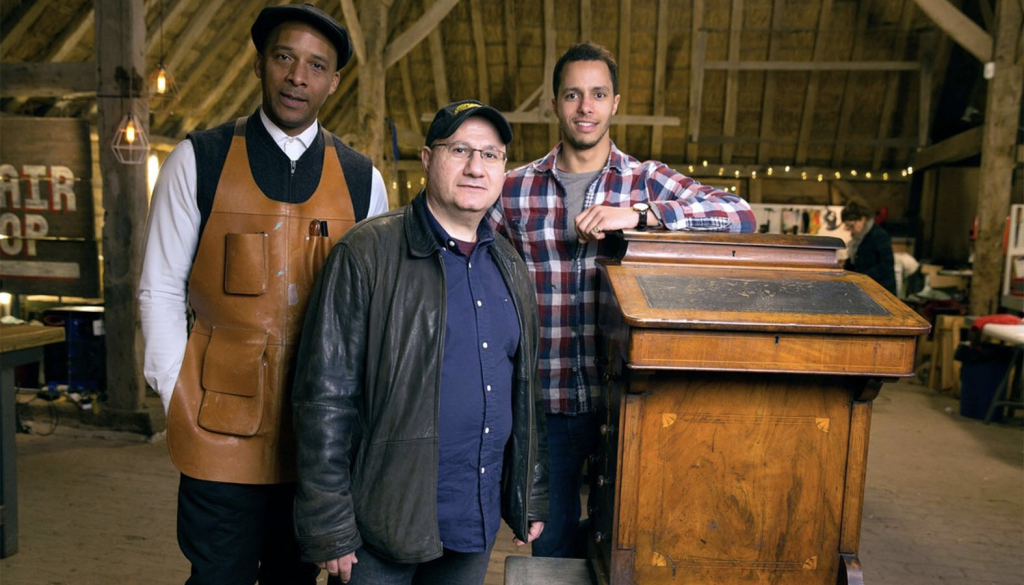I have a new television addiction. This one does not involve former high school chemistry teachers who have become drug kingpins. There are no terrorists to pursue in this television series, no great mystery to unravel, and the most salacious thing you’re going to find is when the watchmaker winds the coil of an antique timepiece too tightly.
It’s called “The Repair Shop,” and it is a BBC series from some years back that has found new life on Netflix. “The Repair Shop” is about as simple a show as could possibly be conceived, and I’m entranced. The premise is simple: People bring family heirlooms to a living museum workshop and ask the craftsmen (and craftswomen) to bring them back to their former glory.
It may be an antique armoire Wellington could have written the battle plans to Waterloo on, or a centuries-old mantel clock that hasn’t chimed since Gladstone was prime minister of the British Empire, or something as seemingly value-less as a toy from childhood needing to be brought back to life. The common denominator of them all is that these objects mean something deep and personal to their owners.
That’s it. No explosions, no deep inner meanings, no cliffhangers. Each 30-minute episode ends with some manner of a solution to the problem that was brought to the attention of the skilled artisans in The Repair Shop. There are no faux tensions or conflicts that so many other “reality” television shows rely on. Instead, there is a real sense of community inside The Repair Shop. If they are faking it, they are doing a great job of it because The Repair Shop looks like the greatest work environment known to mankind.
I can’t help but watch this show and think of Pope Francis’ quote about how the Church is a hospital for the sick. A hospital is a restorative place, very much like what takes place with things that are brought into The Repair Shop.
The beautiful antiques that come through the door of The Repair Shop, items that were originally made with great care and for a defined purpose, are a lot like us. And like us, things happen along the way from our beginnings to our ends.
In one episode of “The Repair Shop” a man brings in a desk. It belonged to a beloved deceased neighbor and held a place of honor in her home until burglars broke into her house and savaged the desk searching for treasure. They drilled holes in the furniture and tore off drawers and locks in their frenzy. It looked like a lost cause. But the calm and reassuring workers at The Repair Shop sweetly took the desk and told the man they would call him when they were done.
They never got flustered; they never looked at this broken desk and despaired. The craftsmen just went about solving the problem of how to make this thing whole again and function as it was intended by its original creator. I know this all sounds like a fast ball down the middle and as predictable as a Houston Astros batter’s knowledge of the next pitch coming off the hands of a Dodgers’ pitcher, but just because something is obvious and plain to see doesn’t make it any less truthful or beautiful.
You can go looking for great theological meaning in all kinds of traditional and popular culture art. Trust me I know, but every now and then something as simple and to the point as a quiet little repair shop in the middle of a bucolic British countryside tells us all we need to know about our own faith and how we, as broken vessels that were created for a great purpose, might visit our own repair shops and get patched up, mended, and restored. Isn’t that the promise we were given by the Resurrection — that our bodies will rise in a perfected state and serve the ultimate purpose they were created for?
We are never going to be as good as new, as good as we were on the day we were held in our godparents’ arms at our baptisms, but if the damage we suffer comes by the hands of others, or through our own devices, it is a comforting thing indeed to know that a craftsman is there waiting to make us whole again.

